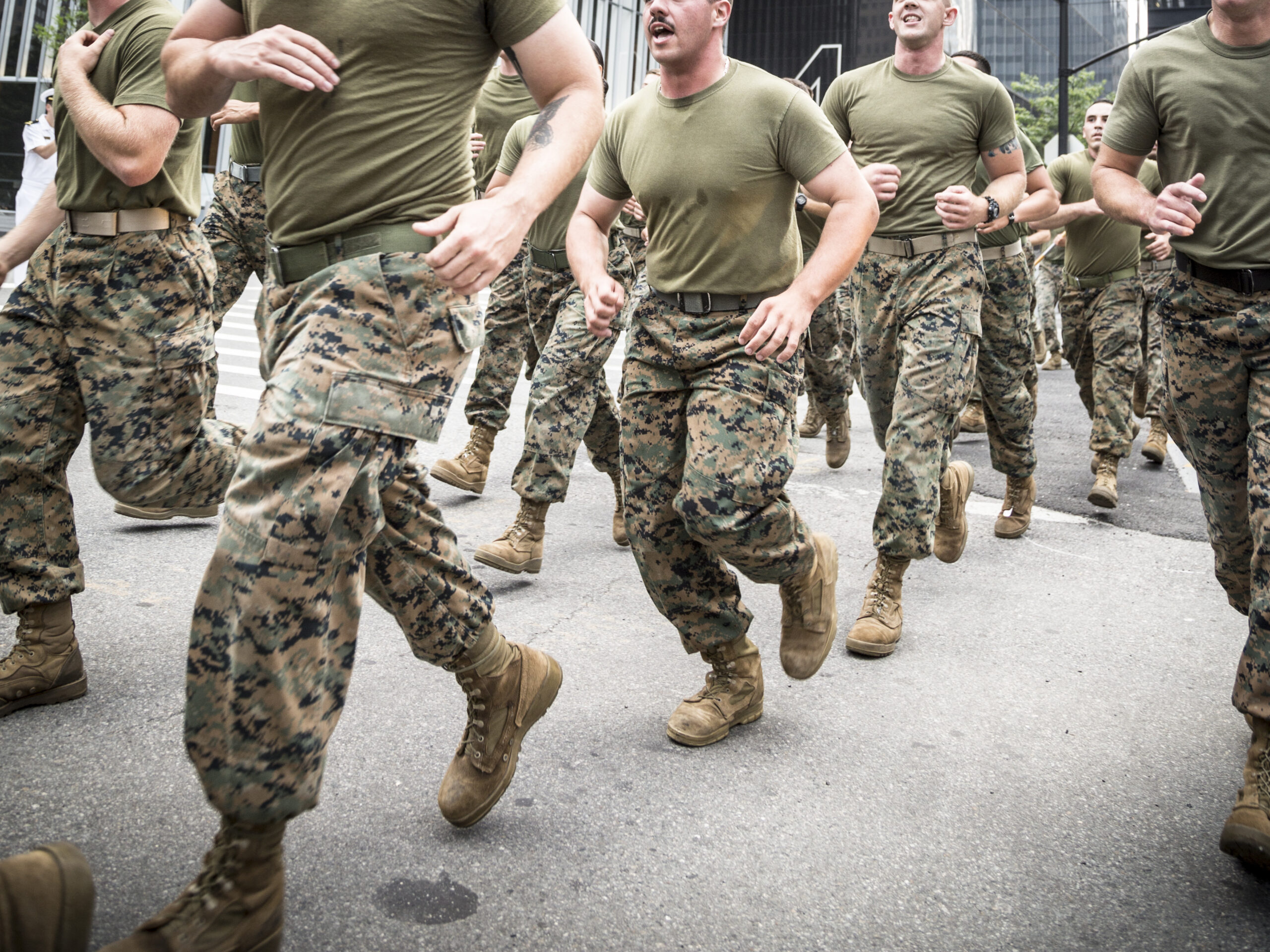U.S. Military’s SHOCKING New Focus – Arctic!

The U.S. military is pivoting from desert warfare to Arctic combat readiness, publishing its first Arctic Warfare manual in over 50 years as Russia and China increase their presence in the strategically vital frozen north.
At a Glance
- U.S. military is urgently shifting focus from desert to potential Arctic warfare as cold-weather combat skills have deteriorated
- Army and Marine Corps recently published their first Arctic Warfare manual in over 50 years covering specialized cold-weather tactics
- Training takes place at Alaska’s Northern Warfare Training Center and includes winter wargames with NATO allies
- Arctic’s strategic importance is increasing due to melting sea ice, newly accessible resources, and potential trade routes
- Russia and China’s expanding Arctic presence is driving the U.S. military’s renewed focus on cold weather capabilities
Rebuilding Lost Capabilities for Cold-Weather Combat
After decades focused on counterinsurgency operations in desert environments, the U.S. military is confronting a serious skills gap in Arctic warfare capabilities. Military leaders have identified an alarming expiration of cold-weather combat expertise, with many experienced personnel having retired without adequately transferring their knowledge to newer generations.
This deficiency comes at a critical time when global powers are increasingly competing for influence in the resource-rich Arctic region, where melting ice caps are creating new maritime routes and access to valuable natural resources.
To address these shortcomings, the Army and Marine Corps have taken the significant step of publishing their first Arctic Warfare manual in over five decades. This comprehensive document covers everything from specialized combat tactics suitable for sub-zero environments to unique logistical considerations that don’t exist in warmer climates.
The manual even includes guidance for chaplains and other support roles operating in extreme cold conditions, recognizing that every aspect of military operations must be adapted for Arctic environments.
Intensive Training in Extreme Cold Conditions
The cornerstone of America’s Arctic warfare revival is taking place at the Northern Warfare Training Center in Alaska, where troops are immersed in some of the most challenging cold-weather environments on U.S. soil. This specialized training facility focuses on teaching soldiers fundamental survival skills before advancing to combat tactics.
Training includes everything from proper layering techniques and preventing cold-weather injuries to operating vehicles and weapons systems in sub-zero temperatures where metal becomes brittle and lubricants freeze.
Beyond domestic training, U.S. forces are participating in advanced winter wargames with NATO allies in Finland and other Arctic nations with centuries of cold-weather warfare expertise. These multinational exercises are crucial for developing interoperability with allies who have maintained their Arctic warfare capabilities while American forces focused elsewhere. The harsh reality is that modern equipment designed for temperate climates often fails in extreme cold, forcing troops to adapt tactics and sometimes revert to simpler, more reliable methods.
Strategic Importance and Great Power Competition
The renewed focus on Arctic capabilities comes amid growing recognition of the region’s strategic significance. Climate change is dramatically transforming the Arctic landscape, with sea ice receding at unprecedented rates. This environmental shift is opening new shipping lanes that could revolutionize global trade routes and providing access to vast reserves of oil, natural gas, and minerals. Nations bordering the Arctic Circle are increasingly asserting territorial claims and establishing military presence in what was once largely inaccessible territory.
Russia has been particularly aggressive in expanding its Arctic footprint, reopening Soviet-era military bases and deploying specialized Arctic units equipped with advanced cold-weather capabilities. China, despite having no Arctic territory, has declared itself a “near-Arctic state” and is investing heavily in icebreaker technology and Arctic research stations.
These moves by America’s primary geopolitical rivals have created urgency within the Pentagon to rebuild Arctic warfare capabilities to protect U.S. interests and support allies in the region.
The Department of Defense is now prioritizing Arctic readiness as part of its broader strategy to prepare for potential great power conflicts. This preparation extends beyond combat tactics to include sustainable presence capabilities, specialized equipment development, and the logistical systems needed to support operations in one of the world’s most challenging environments. America’s Arctic warfare renaissance represents not just military adaptation but a strategic repositioning for a new era of global security challenges that increasingly include the once-frozen north.












